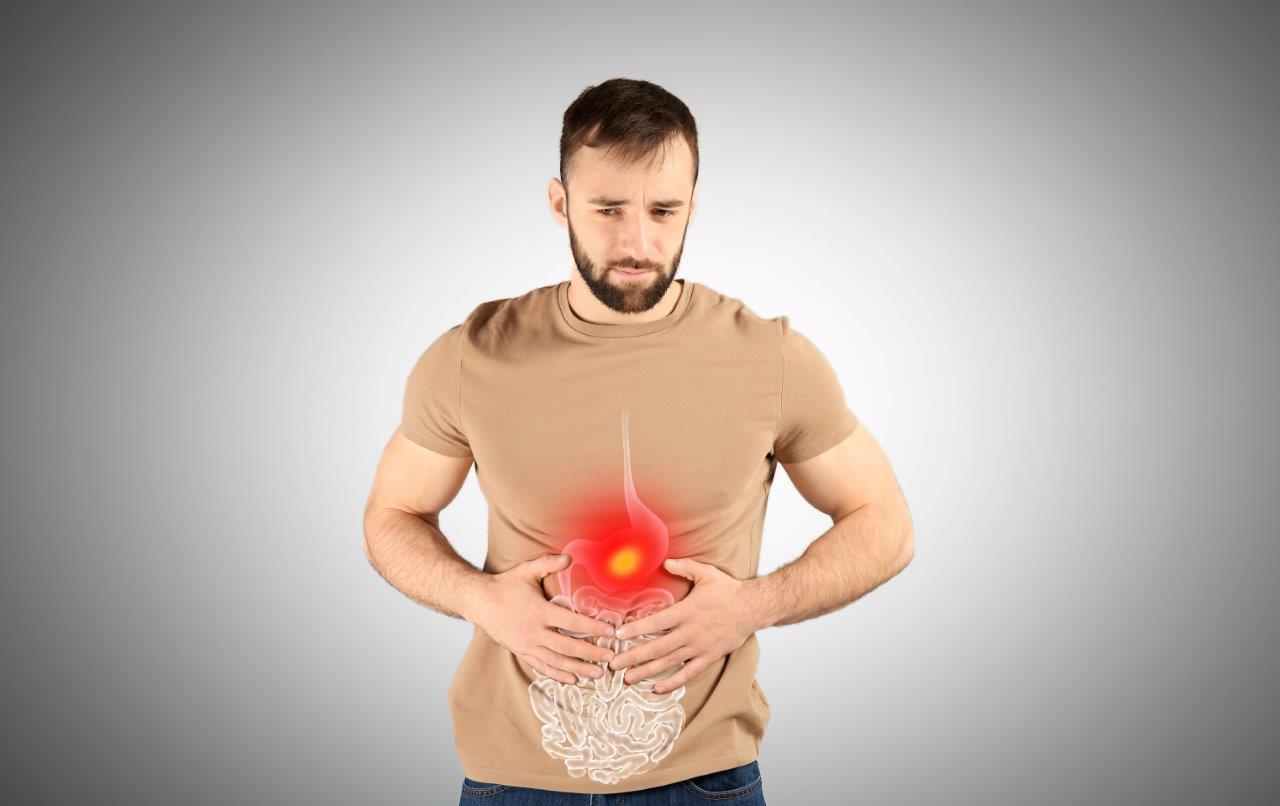Half Cow Price: What You Need to Know Before Buying a Half Cow
Buying a half cow is a great way to stock up on prime beef at a lower price per pound, while never having to stand in line in the grocery store to fetch those cuts of meat that you want. However, deciding to buy a half cow is not an easy decision. From cost analysis to storage needs, many factors have to be considered before such an investment is made. In this guide, we will break down all that you need to know before buying half a cow so that you may be well-informed in making your decision.
1. Meaning of Half Cow
When you go about buying a half cow, you are buying half the meat part of a single cow. The other portion is usually sold to another consumer, so you are getting about 200-250 pounds of beef, depending on the size of the animal. But that isn’t all you need to know about a half cow. The half cow is divided into cuts of beef running the gamut from steak to roast to ground. The cuts that you will get depend on your preference and the agreement that you make with the farm or butcher.
2. How Much Does a Half Cow Cost?
The price of half a cow depends upon the quality of meat, breed, and the farm or butcher selling it to you. Typically, you pay a premium anywhere from $4 to $7 per pound for half a cow. The prices include the animal itself, processing fees, and sometimes delivery or transport fees. A whole half cow will cost between $800 and $2,000.
This up-front expense may be a bit steep, but when divided up, buying in bulk often saves big money. A single steak or roast from the store often costs $10 or more per pound, making it cheaper to buy in bulk. Moreover, the beef you would have would be of better quality than most cuts commercially sold to consumers, especially if you want grass-fed or hormone-free ones.

3. Factors That Determine the Cost of a Half Cow
There are several factors that influence the half cow cost. These may be useful factors to consider before making your decision. They include the following, briefly discussed below:
Beef Type: Typically, grass-fed beef is more costly than grain-fed beef because raising a grass-fed cattle is more expensive to produce.
Breed: Those such as Angus might produce higher-quality beef, which comes at a higher price.
Processing Fees: Butchering and processing of the meat into individual cuts also incur a cost. Some farms add that to the total price while others put that as an add-on fee.
Additional custom processing options: One or more options might be added like in-house sausage-making or other specialty cuts, and this might make the meat pricier.
4. How Much Meat Does a Half Cow Yield?
The usable yield from a half cow depends upon considerations such as the size of the cow or the butchering technique used. Of course, there is 60 to 75 percent usable yield based upon the live weight of the animal. For instance, if your animal weighs 1,200 pounds alive, you could get about 720 to 900 pounds of meat, broken into varying cuts.
After processing, the actual weight of beef that you will get will be less than expected because some parts were discarded like bones and fat. Be sure to ask the farm or butcher for details on what exactly you will get so you can prepare beforehand.
5. How to Choose the Right Farm for Your Half Cow Purchase
First and foremost, one needs to look for the right kind of farm. A farmer should choose a farm that produces healthy beef that is well-treated cattle and brings you the type of beef you prefer. Also, whether they pursue sustainable or organic farming will impact the quality of the beef and price. You should also inquire if a farm offers options for custom processing, where you may choose exactly how you would like your beef cut and packed.

6. The Meat Cutting and Customization Process
After you have selected your farm, you shall determine how you would like your beef cut. Most farms have an array of options, where they let you customize the order according to your wishes. Some of the common cuts include:
Steaks: Ribeye, sirloin, and filet mignon.
Roasts: Chuck roast, brisket, round roast.
Ground Beef: Often sold in 1-pound packages.
Stew Meat: For soups and stews.
Some farms may also offer specialty items like sausages, jerky, or beef bones for stock. The butchering process can take several weeks, so plan ahead if you’re buying beef for an upcoming event or to stock your freezer.
7. Freezing and Storing a Half Cow
Storage is an important consideration when choosing to buy a half cow. As noted, 200-250 pounds will require a lot of freezer space. The recommendation is to have a chest freezer because it provides better storage capacity and temperature regulation than a standard refrigerator freezer. Be sure there’s sufficient space to store all the meat properly before buying.
The meat should be vacuum-sealed or wrapped, and most beef can keep up to a year in the freezer, without loss of quality. Be sure to keep an eye on the packaging to make sure the meat remains sealed and that no air is entering that could cause freezer burn.
8. Knowledge of Beef Quality
Rest assured that, depending on the ways that this farm practices, the diet of cows being sent for butchering, and the butchering process itself, the quality of beef you get is going to depend on these sources. Grass-fed beef is lighter in flavor and leaner than the grain-fed beef, and it will be an ideal choice for the health-conscious individual, as it is low in fat and high in omega-3 fatty acids.
If you like the marbled, tender cuts, then go for grain-fed beef, which is much fatter and softer. Some farms also offer hormone-free, antibiotic-free beef, which is a big deal for many buyers. Discuss your preference with the farm or butcher to help choose the best option for your needs.
9. Environmental and Ethical Benefits of Purchasing Direct from Farms
You not only receive the best cuts but also support the local farming system and reduce industrial methods of raising beef with their associated environmental impacts of buying a half cow directly from a farm. Farms that raise cattle to humane and sustainable degrees are usually more caring of the welfare of the animals and that of the land.
It also reduces the carbon footprint associated with shipping and packaging since it does not travel far to get to you. Moreover, many consumers are drawn to the ethical issues of purchasing beef from farms that value animal welfare, such as raising cattle on pasture or free-range pastures.

10. Farms in Tomball: A Local Resource for Buying Half Cows
If you ever consider buying half a cow, please be sure to think of locals, such as that type of farm in Tomball. Several of the ones in Tomball offer grass-fed, hormone-free, and sustainably raised cattle providing quality meat for the great cause of supporting your local economy. You will enjoy fresh premium beef from a choice to support your community while contributing to sustainable farming practices.
In conclusion, buying a half cow could be the most cost-effective way for an individual to enjoy high-quality beef with an ethical spin. However, this will demand consideration and planning. Understanding the costs and cuts of the product as well as the storage needs will see you make an informed decision that benefits the budget just as much as the taste buds. Local farms in Tomball allow persons to enjoy premium beef while pushing for sustainable agriculture.














Post Comment